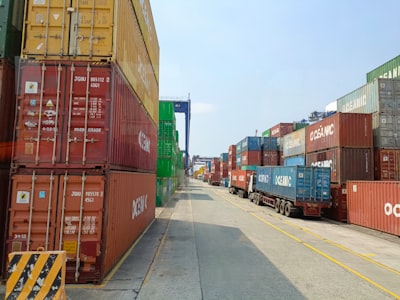Summary:
In a significant yet cautious step, China and the United States are easing longstanding export restrictions, thereby allowing critical technology and energy products to flow more freely between the two global powers. Leading American tech firms such as Synopsys, Cadence, and Siemens have announced the return of key software access to Chinese clients, reflecting a partial rollback of previous sanctions. Additionally, the US has lifted licensing requirements for ethane exports to China, hinting at renewed commercial cooperation. This progress follows high-level diplomatic talks in London, signaling a tentative, fragile reset in Sino-US relations. However, the positive momentum appears precarious, as analysts warn that the US’s recently announced trade deal with Vietnam could trigger negative reactions from Beijing.
Analysis:
The loosening of export curbs marks a rare but meaningful de-escalation in US-China trade tensions, which have defined global economic politics for much of the past decade. The underlying driver—mutual economic need—is clear: US firms rely on vast Chinese markets, while China requires access to advanced technological tools. Still, the decision is less about newfound trust and more about pragmatic economics and the unspoken pressure to re-engage amid sluggish global growth. Notably, these measures stop short of a full reset, indicating that core suspicions and strategic competition remain deeply embedded within both governments. The reported US-Vietnam trade agreement introduces another layer of complexity. While on the surface, expanding trade with Southeast Asia could diversify US supply chains, it also risks being perceived by Beijing as a containment strategy, reinforcing the competitive side of US-China relations even as the two sides negotiate.
Discussion:
This episode underscores why the world’s two biggest economies cannot fully decouple—no matter how intense their rivalry. Critical technologies, energy resources, and complex supply chains bind the US and China far tighter than political rhetoric suggests. At the same time, the story of Vietnam’s rise as a strategic trading partner reflects shifting regional dynamics, where smaller powers are increasingly central to the global economic system and may become battlegrounds for influence between giants. For policymakers, the key questions linger: Are these export relaxations a genuine first step toward stability, or merely tactical pauses in an ongoing rivalry? For businesses and citizens worldwide, the stakes are immediate—access to technology, supply chain security, and global economic stability all hinge on the fragile balance between competition and cooperation. Ultimately, each move—whether easing a restriction or forging a new partnership—ripples across the global system, challenging assumptions about a return to business as usual and forcing everyone to brace for more uncertainty.

Comments
No comments yet. Be the first to comment!